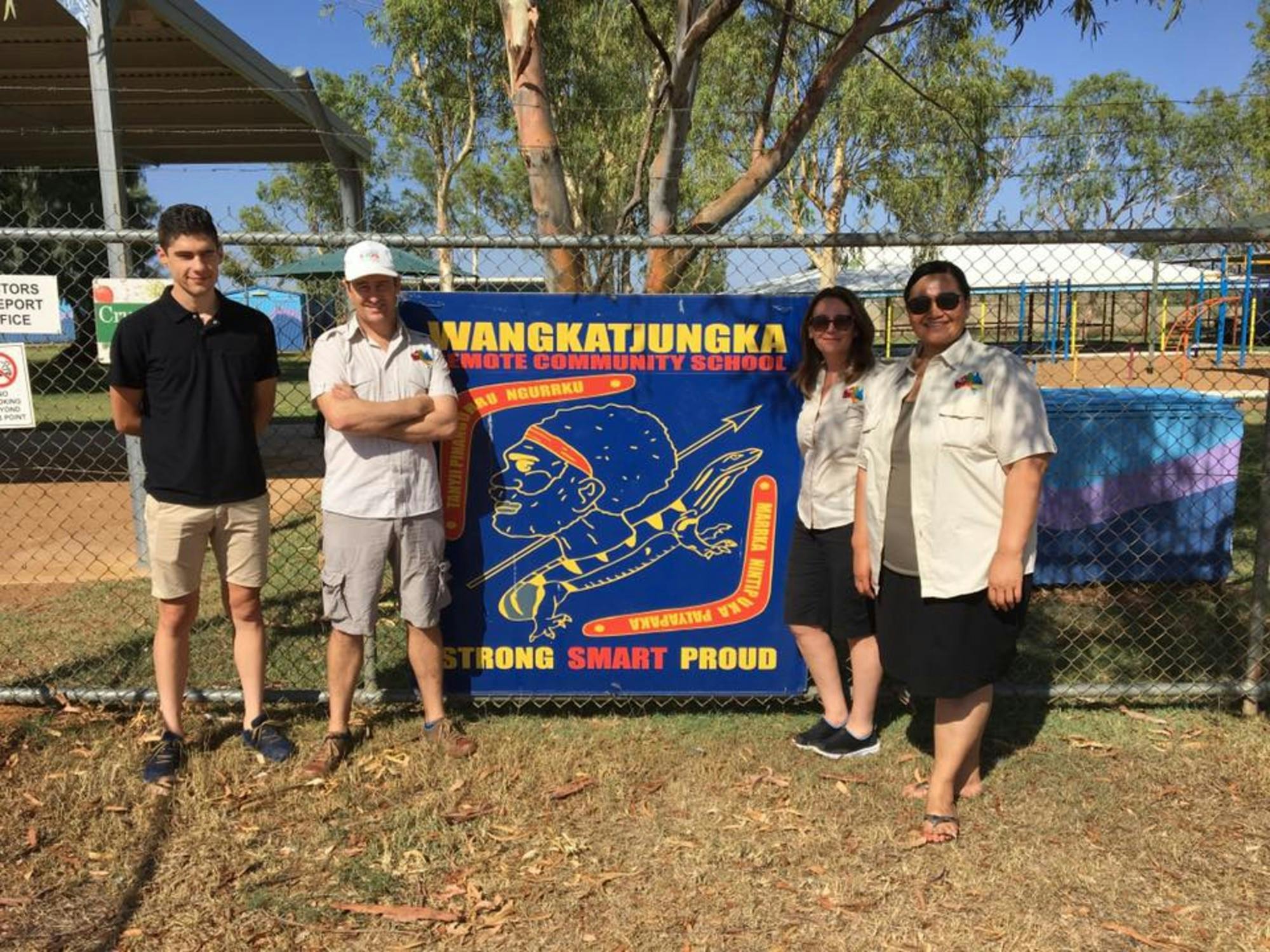When 22-year-old UWA Medicine student Nic Mattock travelled to the Kimberley recently to observe paediatric specialists help indigenous children in outlying communities, many of his ideas were turned on their head.
By his own admission, Nic’s grasp of the problems affecting remote Australians have been shaped by his modern urban upbringing but his Kimberley experiences have forced a rethink.
“It was quickly apparent that my understanding of issues – medical and non-medical – for populations outside of my cookie-cutter Western perspective was woefully insufficient,” says Nic.
Nic, who lives in West Perth, travelled to the Kimberley with assistance from Wesfarmers as part of an internship with PATCHES Paediatrics organised by the McCusker Centre for Citizenship at UWA.
PATCHES Paediatrics, led by Dr James Fitzpatrick of the Telethon Kids’ Institute, aims to deliver high quality child development and early intervention services to hard-to-reach children and young people.
As part of his internship, Nic first worked with two other students in Perth helping build a database for the future collection of information related to patients with foetal alcohol spectrum disorders (FASD). Then, in the Kimberley, Nic accompanied Dr Fitzpatrick and the PATCHES Paediatrics’ team as they conducted outreach clinics in Kununurra and Wangkatjungka communities that included clients from Balgo, Yiyili and Muludja.
Nic was impressed with the way the outreach clinics worked.
“The PATCHES team aims to provide a complete outreach service; that is, bringing multiple, related services under the same banner, with the aim of producing a ‘one-stop-shop’ for clients,” says Nic.
“You don’t need to be medically inclined to appreciate the social change the PATCHES team can produce with such limited time and resources – simply bringing the service to the people changes the paradigm of healthcare for these communities.”
Nic’s week in the Kimberley also consolidated his research interest in FASD, helping him better understand the social and environmental factors that underpin the scourge of intergenerational alcohol abuse.

